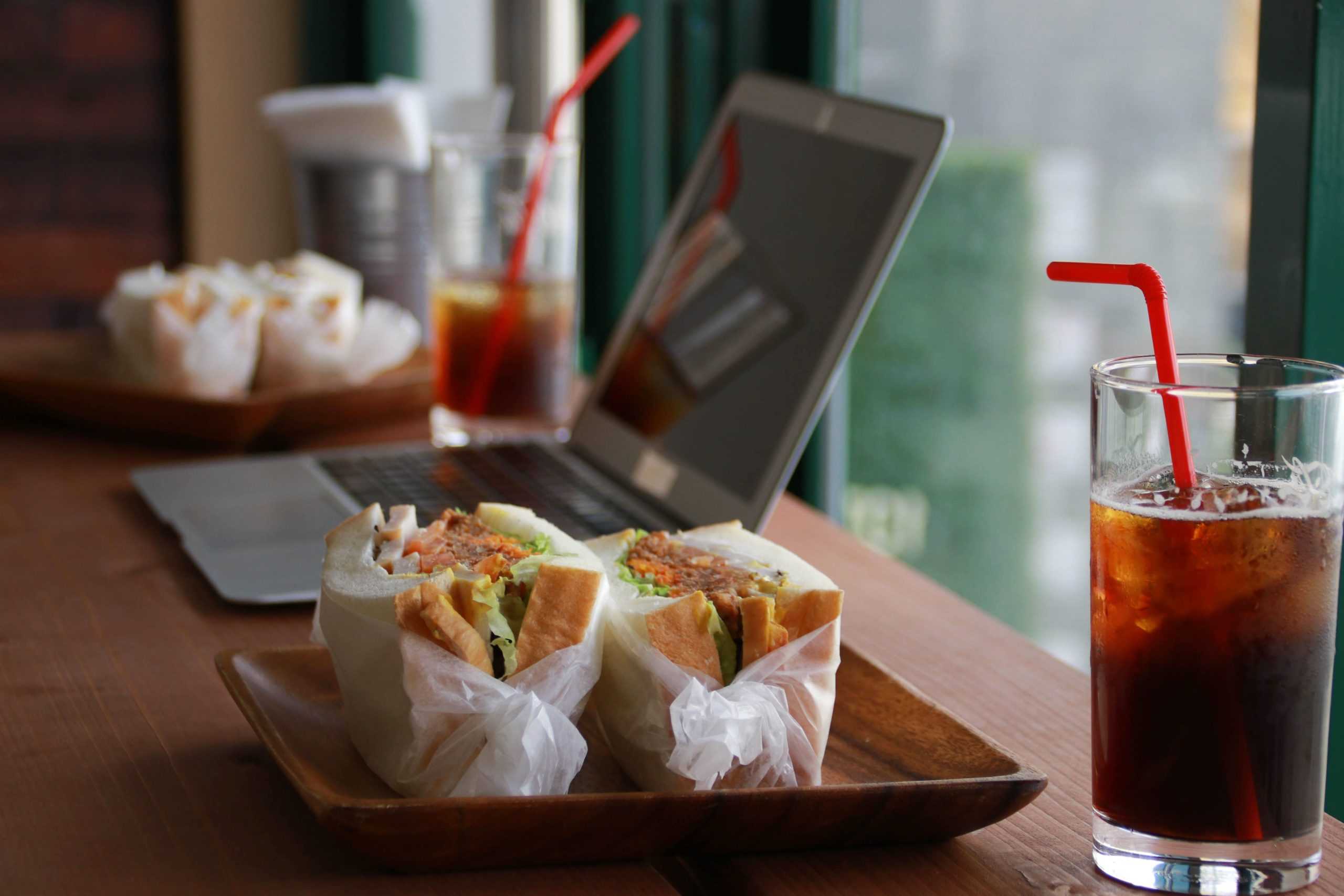An employee meal program provides free or discounted food to your team while they’re at work. It’s a simple initiative that can go a long way toward making your employees feel valued and appreciated.
Done well, a meal program can be a significant asset for your company. A 2022 Grubhub survey found that 93% of corporate clients surveyed believe meal perks improve employee morale. The impact of free meals is so strong that it can also lead to increased productivity and engagement.* It can even give your company a competitive advantage when it comes to attracting and retaining top talent. To maximize these business benefits and boost your return on investment, make sure to avoid common meal-program mistakes.
1. Stay within budget
When you implement a meal program, it’s crucial to set and stick to a budget. If you exceed the budget, you may end up having to make sacrifices elsewhere in the business. Alternatively, you might need to disappoint employees by eliminating the program entirely.
The best time to think about the budget is before you launch a meal program. Decide how much you can afford to spend and use that number to guide the benefits you choose. If money is tight, you might offer a discount or provide a free meal one or two times per week. A small, sustainable benefit can still boost morale — and you can always scale up later as funds allow.
Programs like Grubhub Corporate make it easier to stay within budget. You can allocate a specific amount of money each week or month, so there’s no risk of overspending.
2. Include remote employees
If your meal program involves in-office meals, remote employees can’t always be a part of the fun. Don’t leave them out; instead, make sure to offer an equivalent option. You might give each person a set amount of Grubhub credit each week, for example, or provide a food stipend for remote workers in rural areas without delivery options.
As hybrid teams become the norm, more companies are setting up meal programs where every employee can order their meal from a local restaurant, regardless of where they’re working that day. These services make it easy to satisfy each person’s preferences.
3. Consider different dietary needs
According to the U.S. Centers for Disease Control and Prevention (CDC), more than 17% of American adults are on a special diet. This diversity of eating styles presents a challenge when you’re creating a meal program, however, it’s an important consideration.
If you’re ordering catering, the easiest way to make sure everyone feels included is to survey your team; consider keeping the form anonymous to protect employees’ privacy. The results can inform the planning process and determine how you design the meal program. By integrating their feedback, you’ll demonstrate to employees that you care about their needs.
Another way to accommodate a diverse array of dietary requirements and preferences is to pay for lunch but allow each employee to choose what they’ll eat. Group ordering and individual meal credits make it easy to give employees the option to grab a vegan or gluten-free entree without leaving them to foot the bill.
4. Account for industry trends
As you decide how to organize a meal program, take time to research what your competitors are offering. When the majority of similarly sized businesses offer a certain type of meal perk, it becomes an expectation for professionals in the industry. Employees will automatically measure your program against others, which can shape their perception of its value.
That doesn’t mean you need to implement an identical program; however, it’s helpful to understand the inevitable comparison so you can ensure you’re providing equivalent value. Comparable meal perks help level the playing field when it comes to retaining current employees and attracting new hires.
5. Partner with the right corporate ordering solution platform
The corporate ordering platform you choose can have a significant impact on the success of an employee meal program. An unsuitable platform can leave employees frustrated, turning your meal perks into a liability rather than an asset.
Fortunately, it’s relatively easy to avoid this common mistake. To start, look for a platform that works well for your specific needs.
One consideration is flexibility and coverage—ensure all of your team members will enjoy your meal perks, whether they work remotely or in-house. Make sure the service is available in each employee’s location. Then, check the number of restaurants that work with the platform to ensure your team members have multiple choices.
Another consideration is around ways to order and account customizations. For example, a Grubhub Corporate Account enables you to set a recurring weekly budget for each employee’s individual meals. You can also establish ordering rules that limit when and where workers can use their perks. For meal programs that focus on communal dining, Grubhub’s group orders allow each person to choose their own meal. Regardless of the ordering options you use, a Grubhub Corporate Account streamlines invoicing and eliminates the need for expense reports.
Whether you’re offering an occasional free meal or a daily company-sponsored lunch, an employee meal program can help boost morale and job satisfaction. By taking steps to avoid common mistakes that affect employees and the business, you can set the program up for success. Interested in building a custom employee meal program? Contact us to learn more.
*Based on an internal survey of Grubhub Corporate clients (2022).





